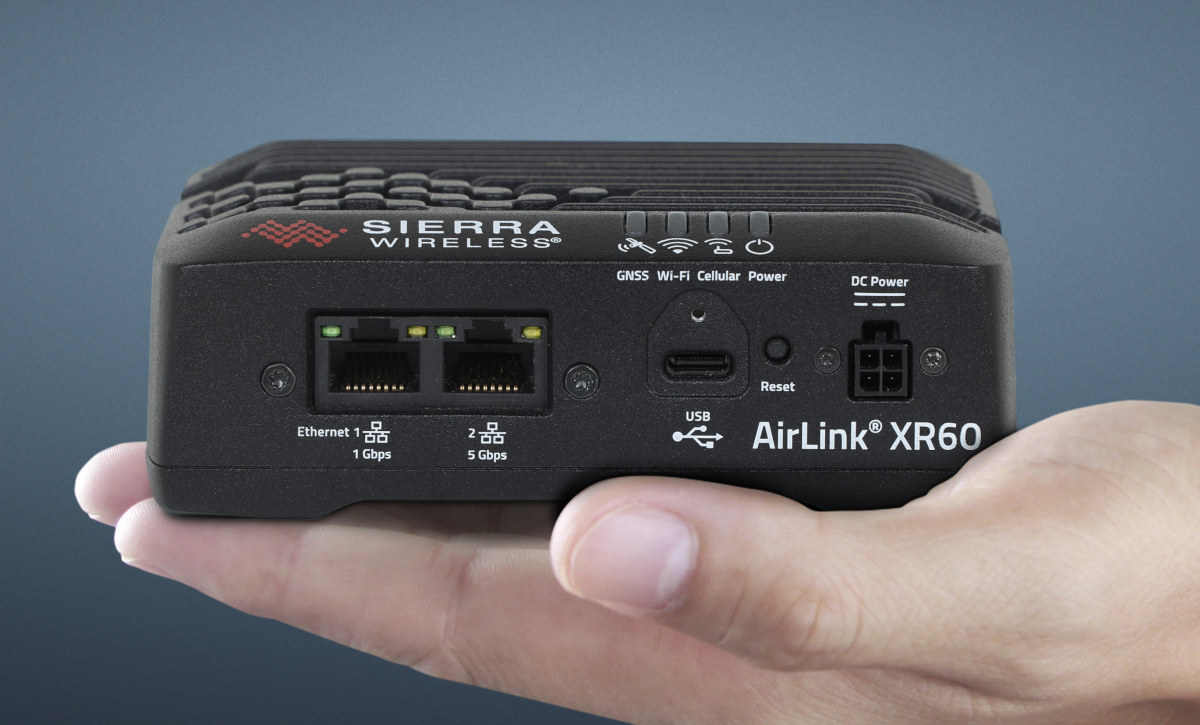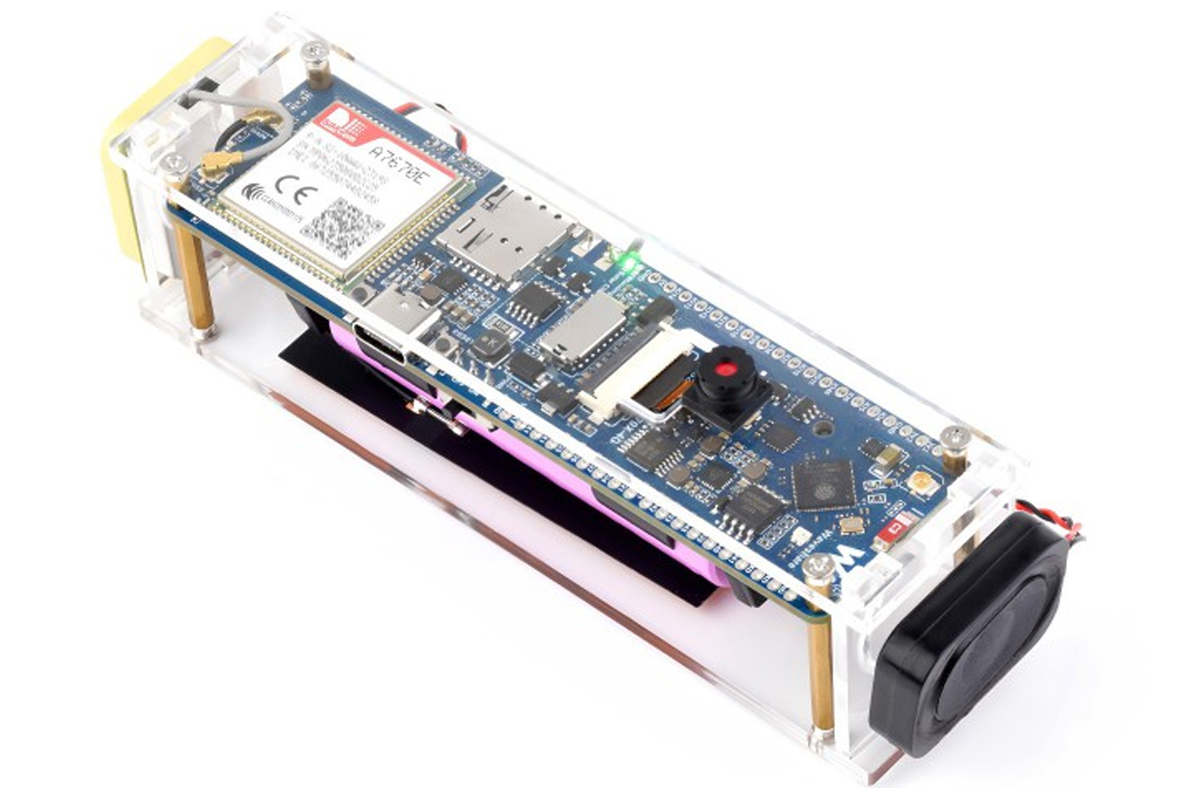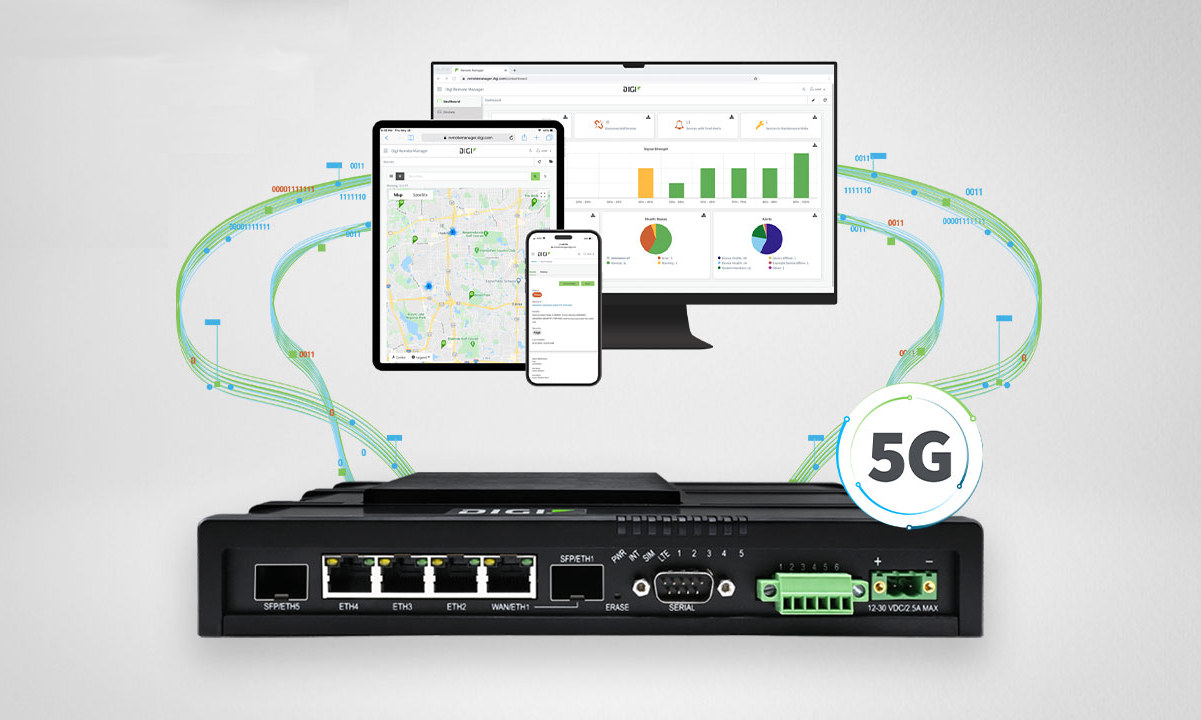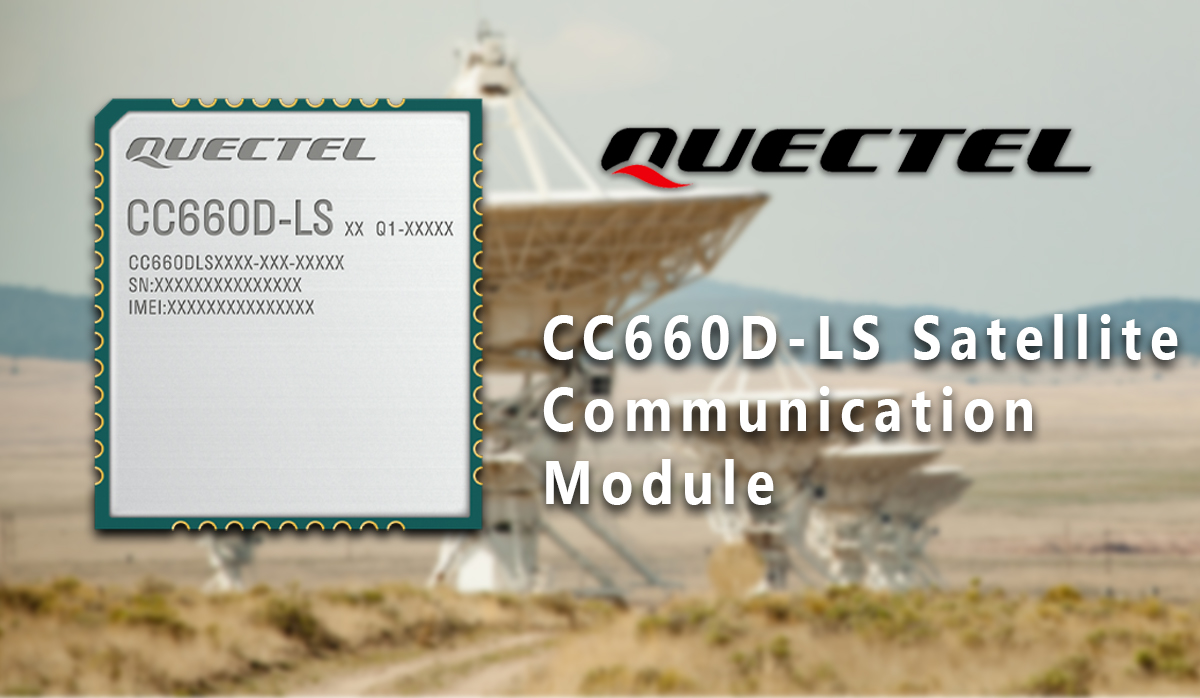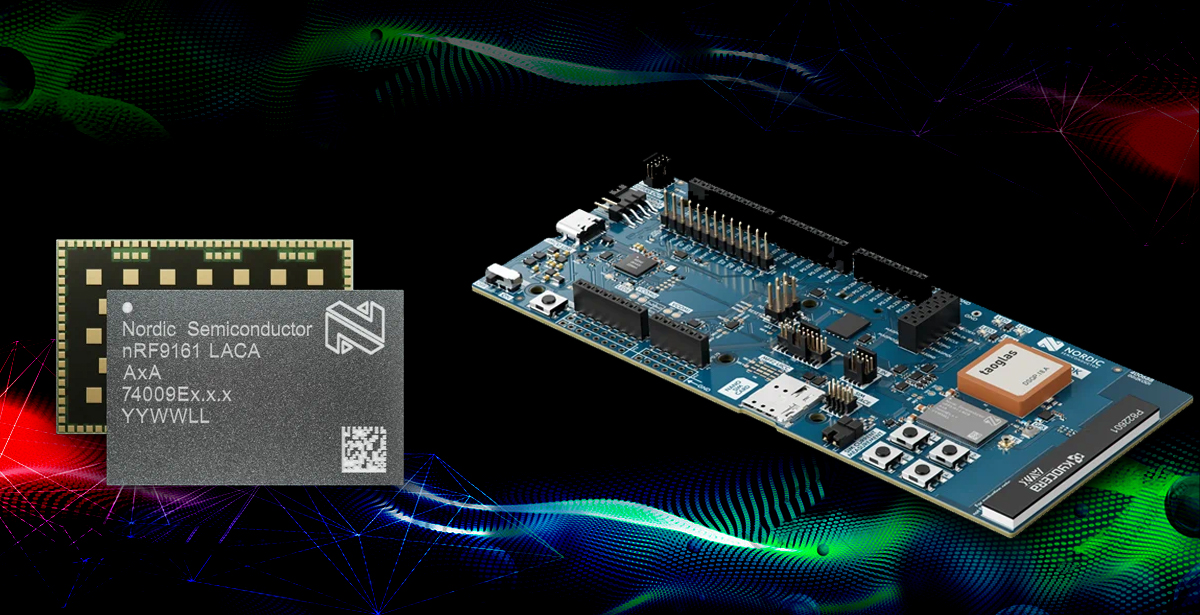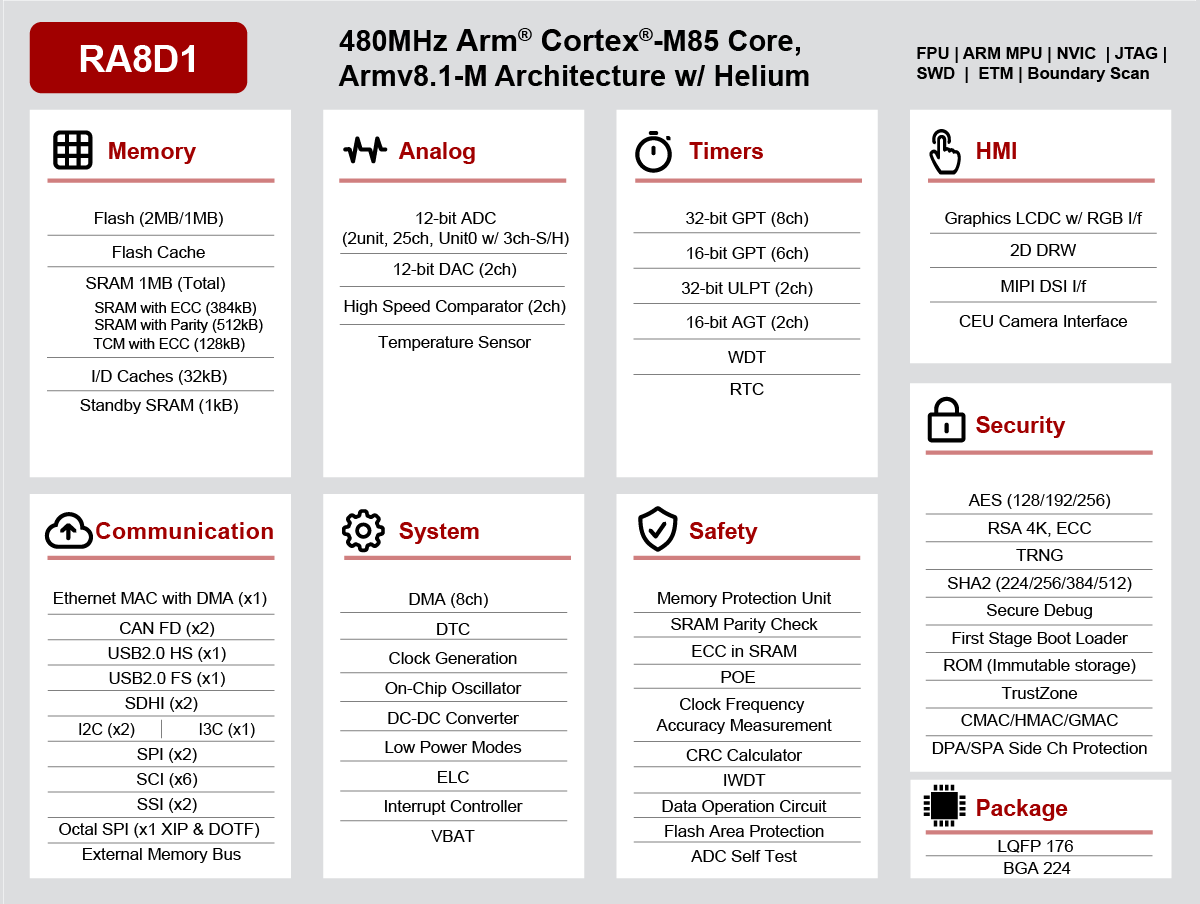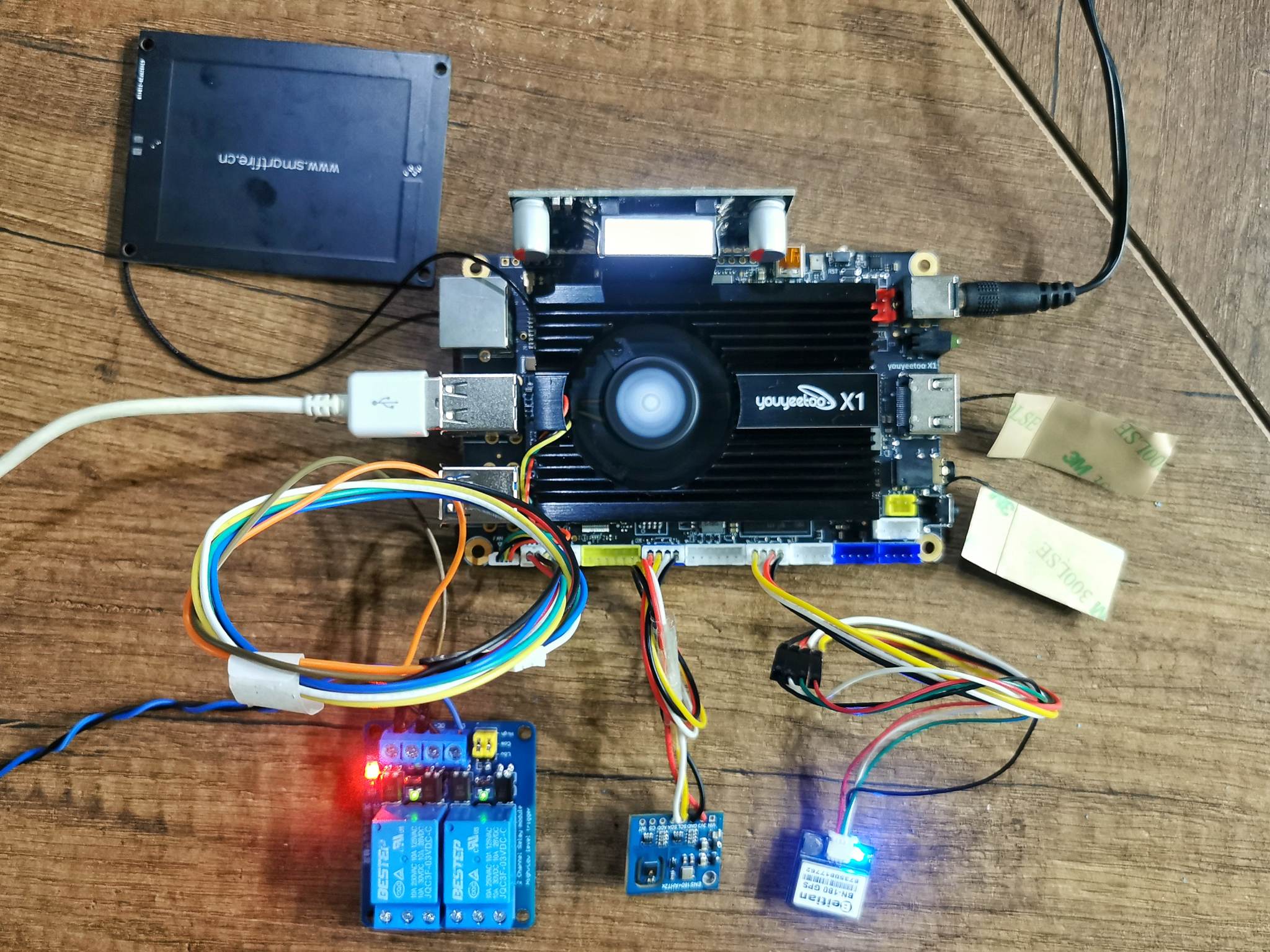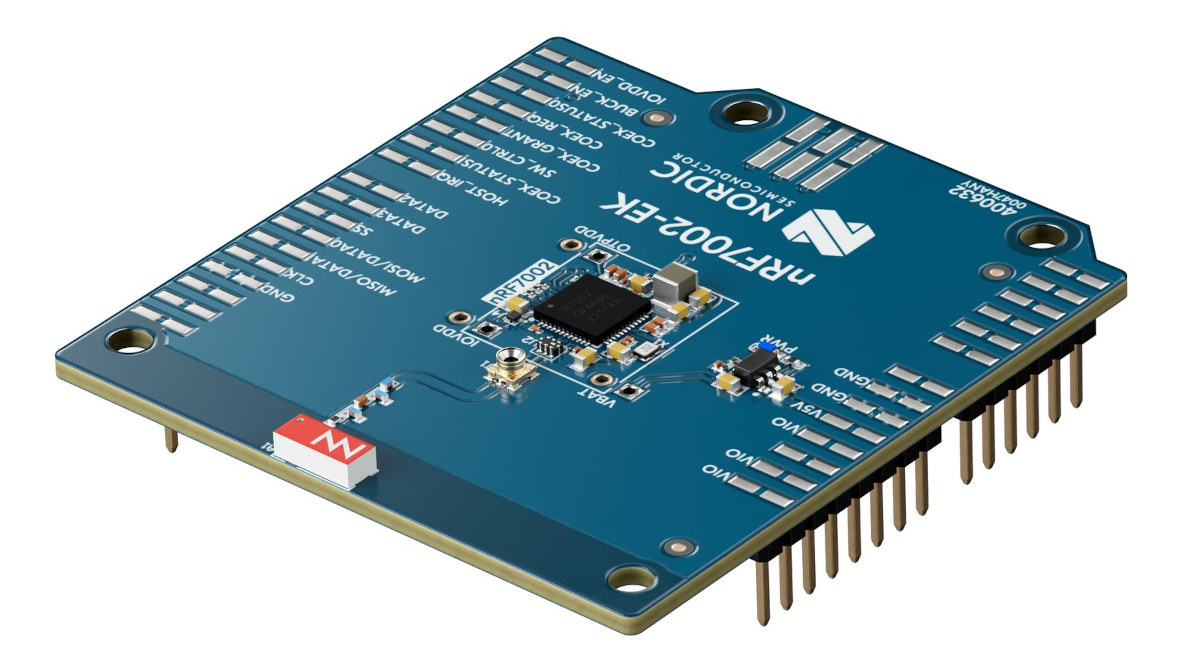Semtech AirLink XR60 is a tiny 5G router powered by a quad-core Cortex-A53 processor with up to two Ethernet ports (1Gbps and 5 Gbps), WiFi 6 connectivity, GNSS navigation, and an optional RJ45 serial port. Semtech is better known for its LoRa low-power transceivers, but the company acquired Sierra Wireless last year, so they’ll now have a wider range of wireless products to offer, and the AirLink XR60 5G gateway is the first we cover here on CNX Software since the merger between the two companies. Semtech Airlink XR60 specifications: SoC – Quad-core Arm Cortex-A53 processor Memory – 1.2 GB RAM (that should be the free memory) Storage – 1.7 GB (available storage) Networking 5G cellular Sierra Wireless EM9291 5G NR Sub-6 M.2 module Peak downlink – 2800 Mbps Peak uplink – 300 Mbps 4×4 MIMO 4x SMA antenna connectors Dual SIM (Nano-4FF) Carrier – AT&T, FirstNet 4G, T-Mobile, Verizon, […]
Waveshare ESP32-S3 4G dev boards feature LTE Cat-1, 2G, and camera support
Waveshare has recently launched two new ESP32-S3 4G dev boards – the ESP32-S3-SIM7670G-4G and the ESP32-S3-A7670E-4G. These boards support 4G LTE Cat-1, Wi-Fi, Bluetooth, and GNSS, and come with an OV2640 camera, and a battery holder for a 18650 battery. The main difference between the two is that the A7670E module also supports 2G GSM/GPRS/EDGE at 900/1800MHz while the SIM7670G module does not. The board has two rows of I/Os including GPIO, I2C, SPI, ADC, and USB 2.0. It also has a USB-C port for power and programming, a slot for a MicroSD card, and an option to connect an external speaker. There’s a USB switching IC and DIP switch for easily connecting the module to a PC for internet or debugging. Waveshare ESP32-S3 4G Dev Boards Specification: Communication module A7670E 4G – A7670E Cat-1 4G module supporting 4G Cat-1 + 2G networking, GNSS positioning, telephone calls, and SMS. SIM7670G […]
Digi IX40 5G edge computing industrial IoT cellular gateway is designed for Industry 4.0 use cases
Digi IX40 is a 5G edge computing industrial IoT cellular router solution designed for Industry 4.0 use cases such as advanced robotics, predictive maintenance, asset monitoring, industrial automation, and smart manufacturing. The IIoT gateway is based on an NXP i.MX 8M Plus Arm processor running a custom Linux distribution, and besides 5G and 4G LTE cellular connectivity, offers gigabit Ethernet networking with 6 RJ45 and SFP ports, GNSS for geolocation and time, as well as digital and analog I/Os and an RS232/RS422/RS485 serial interface supporting Modbus. Digi IX40 specifications: SoC – NXP i.MX 8M Plus Arm Cortex-A53 processor @ 1.6 GHz with 2.3 TOPS NPU System Memory – 1GB RAM Storage – 8GB eMMC flash Wireless Cellular IX40-05 5G NSA, 5G SA, 4G LTE-ADVANCED PRO CAT 19 5G NR bands – n1, n2, n3, n5, n7, n8, n12, n13, n14, n18, n20, n25, n26, n28, n29, n30, n38, n40, n41, […]
Quectel CC660D-LS IoT-NTN module is built for Skylo’s satellite network
Quectel recently announced the launch of the Quectel CC660D-LS IoT-NTN module, created in partnership with Skylo. Designed for two-way IoT (Internet of Things) applications this model supports the latest 3GPP Release 17 standards for IoT over non-terrestrial networks (NTN). Additionally, It can operate on L-band (1 to 2 GHz), and S-band (2 to 4 GHz) frequencies, making it ideal for asset tracking, fleet management, and agricultural and maritime uses. Last year, we wrote about Qualcomm 212S and 9205S satellite modems which were also developed in collaboration with Skylo. Quectel CC660D-LS IoT-NTN Satellite Module Specifications: Module Type – NTN satellite communication module Compliance – Supports 3GPP Rel-17 IoT-NTN Frequency Bands – Operates on L-band (B255) and S-band (B256/23) Internet Protocols – Abundant embedded Internet service protocols Power Supply – Supports low voltage power supply from 2.2–3.6 V Power Consumption – Ultra-low power usage Sensitivity – Super-high sensitivity Temperature Range – Extended […]
Nordic’s nRF9161 SiP and DK support cellular IoT and DECT NR+ non-cellular 5G technology
Nordic Semiconductor recently announced the availability of the nRF9161 system in package (SiP) and pre-certified Development Kit designed to power both cellular IoT and non-cellular 5G technologies. This new device can connect to LTE-M, NB-IoT, and DECT NR+ networks while maintaining long battery life, better location tracking, and strong connectivity. Additionally, Nordic offers support through their nRF Connect SDK and the Nordic Developer Academy. The nRF9161 SiP is an improved version of the nRF9160 SiP, which has been the basis for various projects like the Actinius Icarus SoM DK, Conexio Stratus, nRF9160 Feather LTE IoT and GPS Board, Ruuvi Node, and many other projects. Feel free to check those out if interested. The press release mentions that this new chip is an update of the nRF9160 and includes features like an Arm Cortex-M33 processor, 1 MB flash, 256 KB RAM, along with SPI, I2C, UART, PWM, and a 12-bit ADC […]
Renesas RA8D1 Arm Cortex-M85 SoC features LCD display interfaces, 2D graphics accelerator
Renesas RA8D1 is a new Arm Cortex-M85 microcontroller with graphics capabilities such as a 2D graphics accelerator and MIPI DSI and parallel RGB interfaces to connect an LCD that will make the chip suitable for HMI applications. Renesas introduced the world’s first Arm Cortex-M85 microcontroller with the RA8M1 just a few weeks ago, but the MCU has limited multimedia capabilities with just a 16-bit Capture Engine Unit (CEU) interface to connect a camera. The second member of the Renesas RA8 family fills this void with the RA8D1 microcontroller adding an LCD controller and a 2D graphics drawing engine on top of the CEU camera interface. Renesas RA8D1 specifications: MCU core – Arm Cortex-M85 clocked at 480 MHz with Helium MVE (M-Profile Vector Extension) with 32KB I/D caches, 12KB data flash Memory & Storage 1MB SRAM with TCM (128KB) 1MB to 2MB Flash memory 32-bit external SDRAM interface Display interfaces and […]
Youyeetoo X1 x86 SBC Review – Part 2: GPIO, UART, I2C, SPI, NFC, PoE module, and power consumption
The Youyeetoo X1 x86 single board computer (SBC) with an Intel Celeron N5105 Jasper Lake CPU differs from a typical Intel or AMD mini PC by its range of IOs including SPI, I2C, UART, NFC connectivity, and support for PoE module that you won’t find in a typical computer, and that’s what we will test in the second part of the X1 SBC review along with power consumption. The Youyeetoo X1 SBC is also different from Arm-based single board computers since we can just install any x86-compatible operating system by ourselves, and w don’t need to flash a board-specific image like we would do with Arm SBCs and peripherals such as SPI, I2C or UART may be or may not usable immediately due to lack of supported drivers. We’ve already installed Ubuntu 22.04 on the Youyeetoo X1 in the first part of the review, so in the second part, we’ll […]
Nordic introduces nRF7002 EK WiFi 6 Arduino Shield, nRF7000 SSID-based Wi-Fi locationing chip
Nordic Semi has launched the nRF7002 EK based on the company’s nRF7002 dual-band WiFi 6 IoT chip and in the form of an Arduino shield that works with other Nordic development kits such as the nRF52840 DK, nRF5340 DK, and nRF9160 DK, and separately, the company launched the nRF7000 SSID-based Wi-Fi locationing chip. nRF7002 EK Earlier this year, the company launched the nRF7002 DK, a complete development kit with the nRF7002 WiFi 6 chip and the nRF5340 dual-core Arm Cortex-M33 wireless microcontroller, but for developers who already own nRF devkits, they’ve now introduced the nRF7002 EK Arduino Shield. nRF7002 EK specifications: Wireless chip – Nordic Semi nRF7002 Dual-band Wi-Fi 6 (802.11ax) WiFi station mode Target Wake Time (TWT) 20 MHz channel bandwidth Antenna – 2.4 and 5 GHz antenna for WiFi SWF port for RF measurement Host interface – SPI or QSPI interfaces Dimensions – Arduino shield form factor The […]


